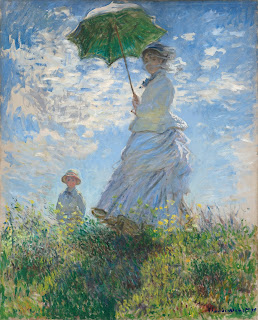Non-Western Art

Huichol Art Wixárika are a group of indigenous people that originate from the San Andres, Santa Catarina and San Sebastian, Mexico but migrated to Jalisco and Nayarit after the arrival of the Spanish in the 16th century. The word Huichol didn’t begin into the 19th century and is a term used to refer to those that remained true to their religious beliefs after the Spanish colonization. Huichol art is very popular among tourist areas in Jalisco, Guadalajara and Puerto Vallarta Mexico. The deer, corn and peyote referred to as the trinity, are part of their religious beliefs and are seen throughout their art pieces. Tutukila (1974) Yarn and beadwork are the most common types of art pieces created as Huichol art. Before the Spanish conquest beads were created from clay, bone, stone, coral, turquoise pyrite, jade and seeds before the introduction of glass beads. The introduction of beads and materials allowed for further creations and traditions to continue on and there is even a ...


